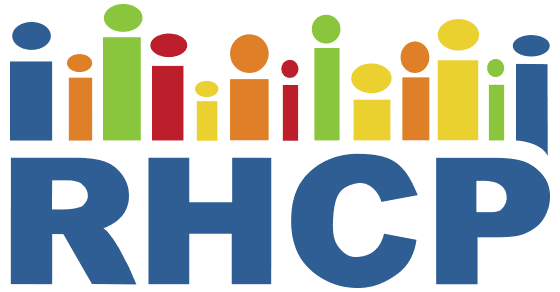The Recruitment to Dissemination Continuum in Community-based Participatory Research
Progress in Community Health Partnerships: Research, Education, and Action, Vol. 6.2
Abstract
Background: Dissemination of research findings to participants and communities, particularly among traditionally marginalized groups, is a systemic challenge. In community based participatory research (CBPR), long-term partnerships may foster a link between recruitment to research studies, dissemination of results, and recruitment to future studies.
Objectives: To analyze the recruitment to dissemination continuum of a CBPR study and its potential impact on partnership processes and future research.
Methods: We conducted a qualitative study with four focus groups with community members and academic partners who participated in the recruitment and the dissemination of research findings from a study of Hispanic and Somali social networks in Rochester, Minnesota. Thematic analysis and coding of focus group transcripts was conducted by investigators. The CBPR conceptual model for this partnership
guided the analysis.
Results: Trust, relationship building, and capacity building were key features for successful participant recruitment and research dissemination strategies. Strategies, resources, and relationships used or developed during the recruitment phase of research were directly applied to planning a dissemination event. Participants and members of their communities said they were more likely to participate in future research studies as a result of attending a dissemination event.
Conclusions: This study demonstrated the ways in which recruitment of marginalized populations to research studies and dissemination of study results can manifest as a continuum. This continuum is nurtured by trust, longitudinal relationships, and robust partnership dynamics. These factors fit well within an existing CBPR conceptual model.

